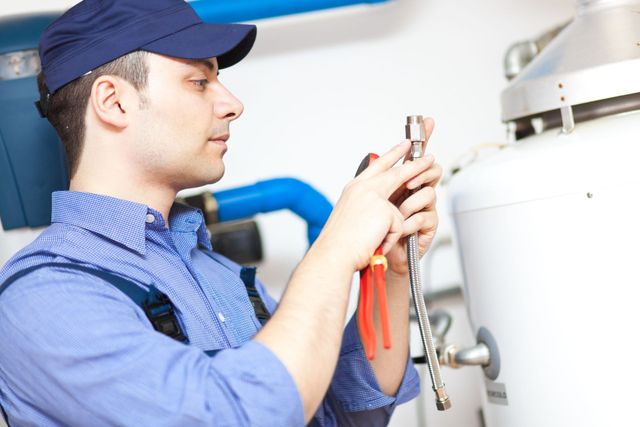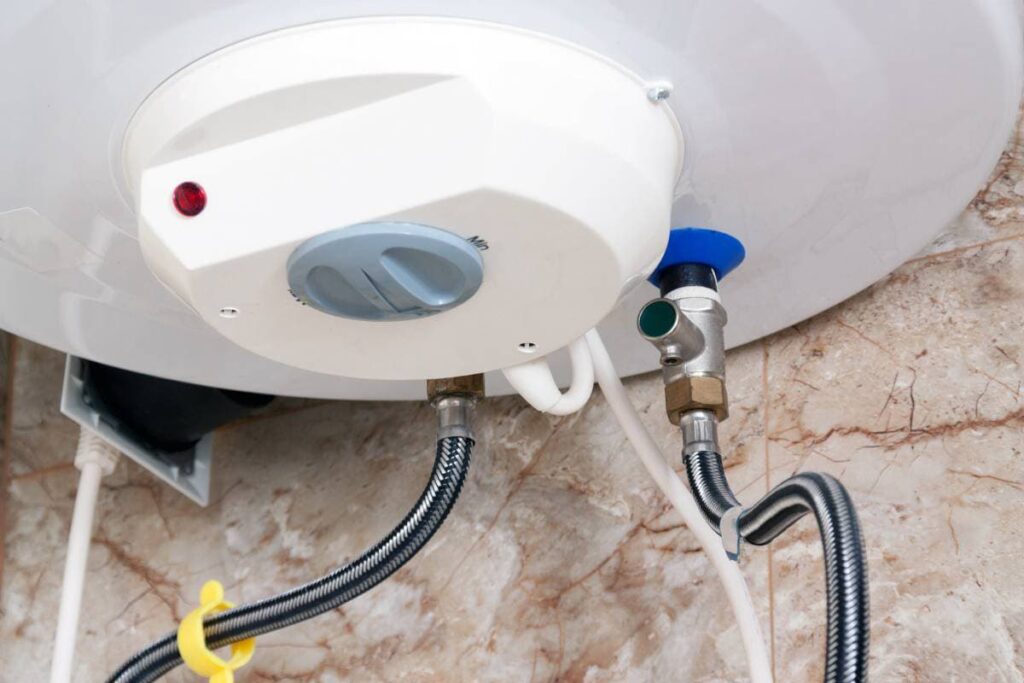Effective Strategies for Maintaining Your Home's Hot Water SystemKey Care Techniques for Your Home's Hot Water System
Effective Strategies for Maintaining Your Home's Hot Water SystemKey Care Techniques for Your Home's Hot Water System
Blog Article
Almost everyone may have their own unique piece of advice in relation to Tips on Maintaining a Water Heater.

Warm water is essential for day-to-day comfort, whether it's for a refreshing shower or cleaning meals. To guarantee your warm water system runs effectively and lasts longer, routine upkeep is essential. This article supplies useful ideas and insights on just how to maintain your home's warm water system to avoid disturbances and expensive repairs.
Introduction
Keeping your home's hot water system could seem daunting, but with a couple of easy actions, you can ensure it operates efficiently for many years ahead. This guide covers every little thing from understanding your hot water system to do it yourself maintenance ideas and knowing when to employ professional assistance.
Relevance of Maintaining Your Warm Water System
Normal maintenance not just extends the life expectancy of your warm water system however additionally ensures it operates successfully. Overlooking upkeep can lead to reduced performance, higher energy costs, and even premature failing of the system.
Signs Your Hot Water System Demands Maintenance
Understanding when your warm water system requires attention can stop significant issues. Watch out for indicators such as inconsistent water temperature, odd sounds from the heater, or rustic water.
Recognizing Your Warm Water System
Before diving into upkeep jobs, it's handy to understand the fundamental components of your hot water system. Normally, this consists of the hot water heater itself, pipes, anode rods, and temperature controls.
Regular Monthly Upkeep Tasks
Normal monthly checks can help catch small concerns before they intensify.
Purging the Hot Water Heater
Purging your water heater removes sediment accumulation, enhancing performance and lengthening its life.
Monitoring and Replacing Anode Rods
Anode rods prevent rust inside the tank. Inspecting and replacing them when broken is crucial.
Examining and Changing Temperature Level Setups
Readjusting the temperature settings makes sure optimum performance and security.
DIY Tips for Upkeep
You can execute several maintenance tasks yourself to keep your warm water system in leading problem.
Looking for Leakages
Consistently check pipelines and connections for leaks, as these can result in water damage and higher expenses.
Examining Stress Alleviation Valves
Checking the stress safety valve guarantees it operates correctly and prevents too much pressure buildup.
Insulating Pipes
Insulating hot water pipes decreases warm loss and can save energy.
When to Call an Expert
While DIY maintenance is useful, some problems need expert know-how.
Facility Concerns Calling For Expert Assistance
Instances include major leakages, electric issues, or if your water heater is continually underperforming.
Regular Expert Maintenance Perks
Professional upkeep can include comprehensive examinations, tune-ups, and making certain conformity with security requirements.
Final thought
Regular upkeep of your home's warm water system is essential for performance, durability, and cost financial savings. By complying with these tips and recognizing when to seek expert help, you can make certain a dependable supply of hot water without unforeseen disruptions.
Water Heater Maintenance: The Basics
Maintaining your water heater will ensure it operates efficiently and has a longer lifespan. Neglecting regular maintenance can lead to costly repairs and an even bigger chunk of your savings if you have to replace it sooner than necessary. But there’s good news: Most water heater maintenance tasks are relatively simple and easy for homeowners with basic DIY skills.
Flush the Water Heater
Over time, sediment and minerals can build up in the tank, reducing its efficiency and potentially causing damage. To flush the tank, turn off the power or gas supply, attach a hose to the drain valve near the bottom and open the valve to drain the water until it runs clear. Ideally, flush the tank annually.
Replace the Anode Rod
The anode rod is a sacrificial metal rod that helps prevent corrosion inside the tank. Inspect and replace it every three to five years or per the manufacturer's recommendation. To replace the anode rod, turn off the power or gas supply, drain a few gallons of water from the tank, unscrew the old rod and replace it with a new one. If the anode rod is significantly corroded or covered in calcium buildup, it's a sign the water heater may need to be replaced soon.
Tune-Up
A yearly tune-up can help identify potential issues and ensure your water heater operates at peak efficiency. This typically involves checking the thermostat, burner assembly (for gas heaters) and any other components specified by the manufacturer. During a tune-up, the technician may also clean the burner and adjust the pilot light (for gas heaters) or examine the heating elements (for electric heaters).
How to Maintain Your Water Heater
Insulate the tank. Insulating the tank can improve energy efficiency and reduce heat loss, saving you money on energy bills. You can purchase precut insulation blankets designed specifically for water heaters or use standard fiberglass insulation wrapped securely around the tank. Check the temperature. The recommended water temperature for most households is around 120 degrees Fahrenheit (49 degrees Celsius). Higher temperatures can increase energy costs and potentially cause scalding. Use a kitchen thermometer to check the temperature at the faucet nearest the water heater. Monitor water pressure. Excessive water pressure can strain the water heater and cause leaks or even tank failure. Install a pressure-reducing valve if necessary. The ideal water pressure range is between 60 and 70 PSI (pounds per square inch). Test the temperature and pressure (T&P) relief valve. The T&P relief valve is a safety feature that releases pressure if the tank gets too hot or the pressure builds up too high. Test it annually by lifting the lever and allowing a small amount of water to release. Replace the valve if it doesn't release water or reseal properly. Check for leaks. Regularly inspect the tank, pipes and fittings for leaks or corrosion. Deal with issues promptly to prevent further damage. Even a small leak can lead to significant water damage over time. Consider a tankless water heater. If your traditional tank-style water heater is nearing the end of its lifespan ( typically 10 years), consider replacing it with a tankless water heater. These units heat water on demand, reducing standby energy losses and potentially saving you money on your energy bills. Schedule professional maintenance. While homeowners can perform many water heater maintenance tasks, it's still a good idea to schedule professional maintenance every few years. A plumber or HVAC technician can thoroughly inspect the unit, identify potential issues and ensure it operates safely and efficiently. https://www.homeserve.com/en-us/blog/home-improvement/hot-water-heater-maintanence/

As a passionate reader about How to Maintain a Hot Water Heater in a Few Simple Steps, I think sharing that excerpt was a great idea. Sharing is nice. Helping others is fun. I cherish reading our article about How to Maintain a Hot Water Heater in a Few Simple Steps.
Schedule Appointment Now Report this page